
Fescue Overseeding
When should the lawn be Over-Seeded?
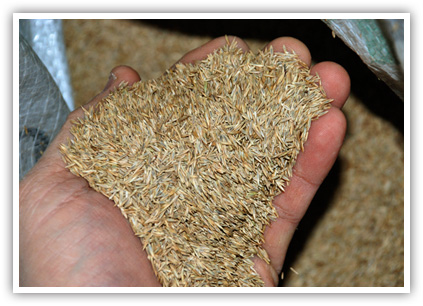
Fescue is a cool season variety grass. It grows best during the fall, winter and spring seasons when temperatures are more moderate and rainfall is generally more abundant. During the warm summer months, fescue will become dormant until temperatures return to moderate levels. As a result, many fescue lawns will discolor and brown out during periods of high temperature and drought stress. Fescue is also susceptible to diseases like brown patch during the summer and inevitably this will require that some of the grass be replaced. To prevent this, fescue lawns need to be aerated and over-seeded in the fall to increase lawn density. Creating a strong seed foundation will increase the chances of surviving the summer heat and many fungus problems. The best time to rejuvenate your fescue lawn in Georgia is during September and October. This is when both soil and air temperatures are at the optimal level for seed germination and it allows plenty of time for the young grass to mature before colder temperatures slows down plant growth.
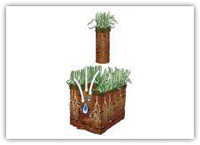
Why should new seed be planted?
Unlike warm season turf grasses, fescue does not spread or reproduce naturally. New growth only occurs around the crown of the plant and not in the root system. Core aeration and proper seeding methods are important because seed to soil contact is vital to growing this cool season turf. The holes left behind after core aeration provide a place for seeds to settle into the soil and begin to grow. These holes allow air, water, and nutrients to combine, help young plants mature and also allow young roots to penetrate hard soils. In Georgia, clay soils become very compact and harden with each passing year. This inhibits the ability of both newly seeded lawns and established lawns to develop strong and deep root systems. Core aeration is crucial to maintaining a healthy lawn and is recommended for all cool season and warm season grass types and varieties each year.
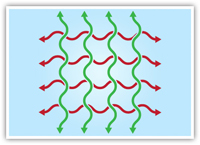
What is Double Aeration
Double aeration consists of cross directional penetration holes across the turf surface. This will increase the amount of area through which the soil receives extra seed, water, air and nutrients. After a period of heavy drought or turf disease problems, this process may be required to sustain more uniform seed germination rates or be recommended to loosen up compacted soil.
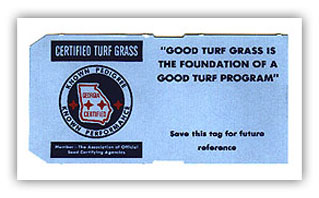
Why use a Certified Seed Mix?
Not all seeds mixes are created equal! Seed mixes are inspected by official inspectors and under the direction of State or Private Organizations. Certified seed mixes, grown in Georgia and surrounding states, should be checked to verify the origin, adaptation, breeding, seed condition, purity of variety, freedom from disease and noxious weed seed counts. Certified seed can be readily identified by the tag with an official emblem that is attached to the bag. Weed Pro® Lawn Care only uses certified seed that supplied by trusted vender and exceed all standards set by Official Seed Certifying Agencies.
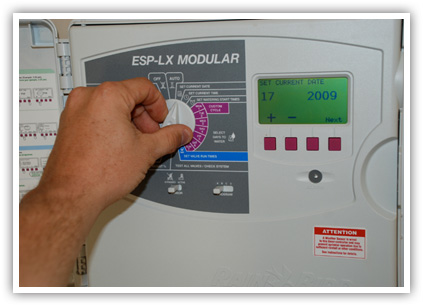
Care for Newly Seeded Lawns
- Direct all traffic away from the seeded areas to avoid disturbing the seedbed.
- Core aerated lawns have plugs of soil deposited across the surface of the lawn. These plugs will break down over 10 to 14 days and do not need to be raked off.
- Keep the seeds moist! One should water newly seeded areas everyday for 15-20 minutes until the seeds germinate. When the seedlings reach a height of 2 inches, one can adjust this schedule so that each location receives 20-30 minutes of watering three times a week.
- Do not mow any areas with new seedlings until the plants are about 3 inches tall. When mowing, use a sharp mower blade to protect against pulling seedlings out. If some areas of the lawn become too tall, use a minimum mowing setting of 3 inches.
- Do not panic if weeds start to grow in the seeded areas. These weeds can be controlled later and one should start removing weeds only after the new grass plants have been mowed twice.
- If leaves fall and begin to mat down seeded areas, the leaves should be carefully removed (preferably with a hand blower).
- Remember: Nature takes time! Depending on the type of seed, germination can be as short as seven days or as long as a month. Do not get discouraged and forget to water! The best fescue seed usually takes between 10 - 20 days to germinate.






